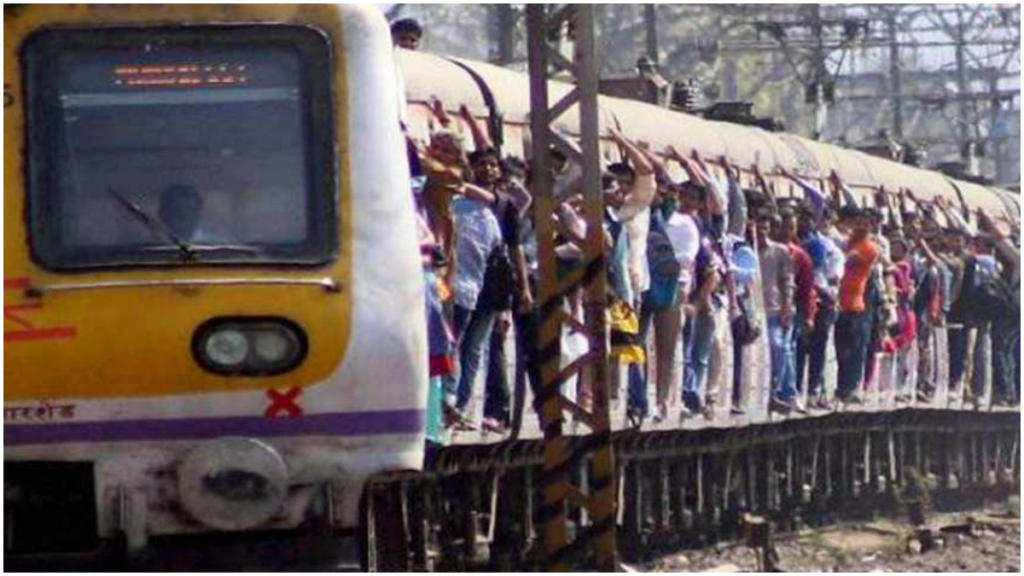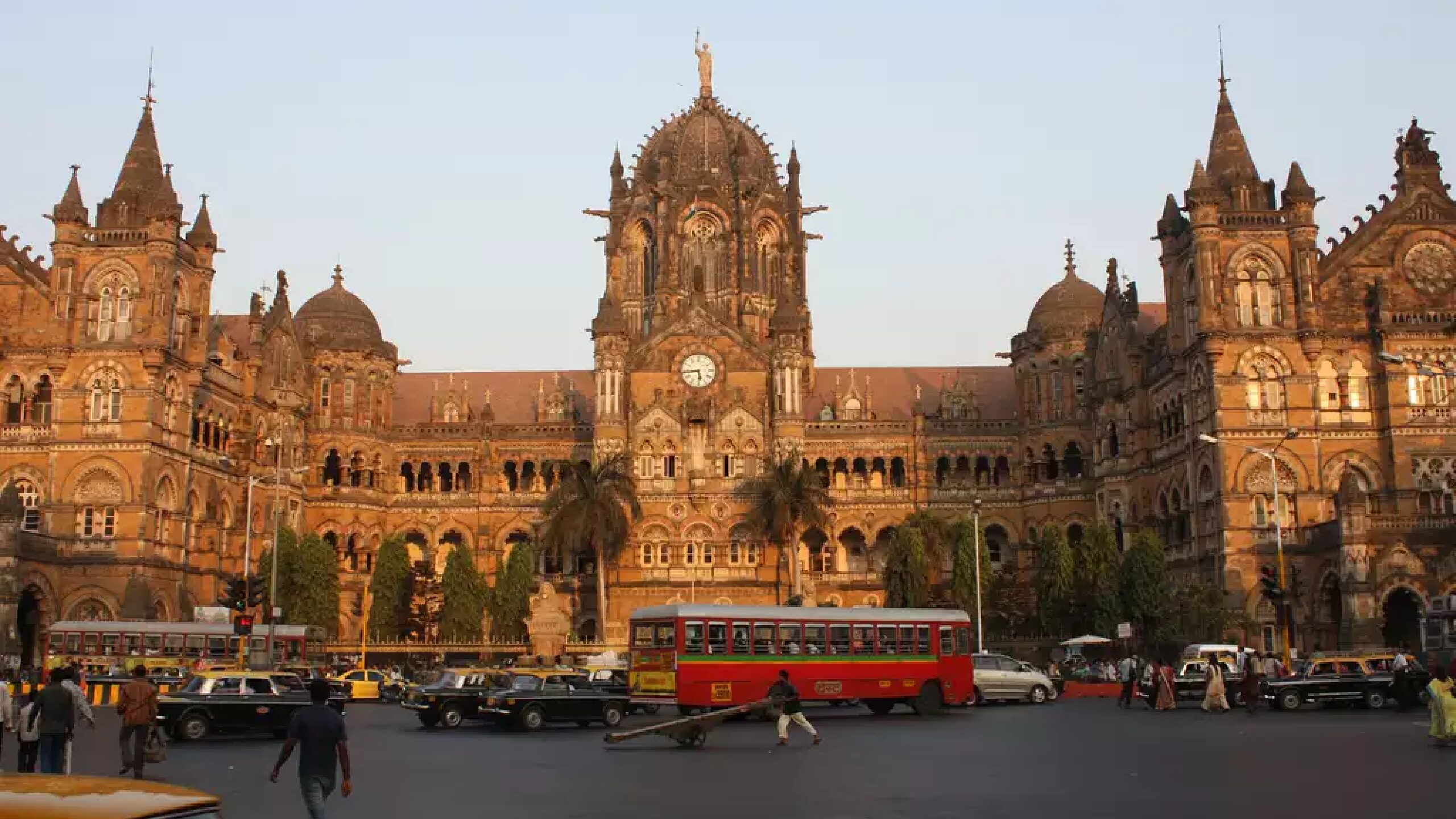Sunday Musings by Shekhar Nambiar
Mumbai, or Bombay of the past, is a city extraordinaire in many ways.
It is where dreams are made.
The Mayanagri, the financial capital of India, is where Indians headed to make money or eke out a living. Until the New Economy turned cities such as Hyderabad and Bangalore, among others, the mecca for young India.
Also read: Why oh why do I love Kochi!
Notwithstanding the competition from emerging metropolises, Mumbai will continue to be the City of Dreams for millions, young and old. Is there any other city that has taken in so many multitudes into its fold? Not all dreams are realised, though, many remain unfulfilled. But there’s something for everyone here.

Rivalling Big Apple
Mumbai is one city that is closest to New York or can even rival it in many respects. I realised that when I got to see the Big Apple. Whether you land at Kennedy, La Guardia or Newark, NYC’s scale and magnitude become quite evident to a first-time visitor. Like New York, Mumbai too grows on you.
Also read: Road to a carbon-free future
Mumbai’s sheer vibrance and palpable energy makes it unique and stand out. It looms large and way ahead of others. Equally true is that you either love it, or plain and simple, hate it – akin to the relationship, I think, people have with New York.
My first visit to the megapolis was way back in 1975 and it was big even then. By any standards. Mumbai was still Bombay. I soaked in everything around me. Huge skyscrapers, the salty and choppy sea washing the Queen’s Necklace, the C-shaped Marine Drive winding its way from Nariman Point and up Malabar Hill, past the Hanging Garden and sloping down into Land’s End, with the Governor’s residence overlooking the ocean.

I came from a large city but it’d even today pale into insignificance before Bombay. I was all of 19, fresh out of university, when my father and I landed at Dadar on the Central Railway line, after a short trip to Nasik visiting Panchavati on the Godavari banks and Trimbakeshwar, the origin of India’s second largest river. We took the old Frontier Mail, now Golden Temple Mail linking Amritsar and Mumbai Central. It once connected Bombay to Peshawar in NWFP.
Also read: Flying high, higher
First impressions
What struck me was the orderliness, amid the human surge, as we stepped out on to the road. Fiat (Premier Padmini) taxis parked on the side with disciplined drivers, mostly Sikhs then, and no jostling, arguments or aggressive soliciting. This was most striking, coming as I did from a city that was disorderly and unruly.
Also read: Standing the test of time
A few hundred metres down, we came upon a street with an impressive row of two-storey mansions. We’d tickets to collect for the onward bus journey the following day. Yes, it was too short a visit at the end of which I remained unsatiated.

Next, a hop onto the city’s famous suburban rail service. It was even more exhilarating than I’d imagined. The electrical motor unit, or EMU, had this tendency to gather momentum and speed at the drop of the hat, literally. Quite frankly, I wasn’t ready for the pace of the EMUs as they raced up and down on the broad-gauge tracks, north to south and in the reverse direction. Nor did I expect the city to be so fast paced. After all, until then, my only association with it were the make-believe world of Hindi cinema. As a name, Bollywood is a much later coinage. Again, Bombay’s depiction on celluloid is much the same as of New York by Hollywood.

My heart missed a beat as I caught a glimpse of Brabourne Stadium and the high rises, including the Express Towers and the Air-India building at Nariman Point. Off at Churchgate, and a few metres away, I caught the first glimpse of Marine Drive that looked even more spectacular at night, resembling a necklace, especially from Malabar Hill. My father showed me the revolving restaurant atop The Ambassador hotel, a novelty then. Delhi got its much later. Of course, the rooftop restaurant at the Taj Mahal hotel offers a 360-degree view of the harbour, the bay and as far away as today’s Navi Mumbai, Nava Sheva port, then just being developed, and the islands of Elephanta Caves.

Delectable fare
Further south, and we were at Gateway of India past an equally historic city icon, the Hotel Taj Mahal, both symbols that we will always associate with the city. A walk along Colaba Causeway, the flea market, and then past Flora Fountain, Kalaghoda, and we’d worked up a good appetite. We were ready for a sumptuous vegetarian fare at Purohit, Churchgate. The shrikhand dessert, my first dig at it, was delightful and its taste still lingers on in my mouth.
Also read: Ode to the GP
The melting pot that it is, Mumbai is a gastronomical paradise. From Udupi vegetarian food to fish and meat served in the southern coastal tradition by Shetty-run eating places, you can indulge in food of your choice from any part of the world.
Also read: Simla of my dreams
Bombay is made up of seven islands in much the same way as the boroughs of New York City. Mumbai being linearis a lot easier to negotiate, remember locations and places. At least those days, and to some extent it still is, the city’s suburbs and places were by and large built around two railway lines, the Central and Western, so called because of the railway divisions carved out by our erstwhile rulers. Central has its terminus in what was then Bombay VT, a magnificent building in the Gothic style. My interest also focused on the historic ‘Old Lady of Bori Bunder’, a moniker for the Times of India newspaper, with its distinctive art decor building just across the road and a stone’s throw from VT.

A lot of history is dispersed in different parts of Mumbai. The historic fort on the mouth of Mahim Creek, the old, now almost gone, village of the early settlers in and around Bandra, Santa Cruz airport, overshadowed by the Sahar International Airport, Mumba Devi temple, and the Elephanta Caves off Mumbai.
Also read: The wheel has come full circle
During the trip, we did not venture beyond south Mumbai but visit we did the suburb of Borivili West past Bandra and Andheri. I’m not quite sure if I have been able to express my excitement and thrill fully well in these paragraphs. The fact is my excitement knew no bounds. And I have tried to confine the essay, if you will, to my first unforgettable visit to places where we went during the very short stay. The visit along with my father has remained etched in my memory to this day, and during every successive visit, I have tried to retrace the path we took in 1975.

The sea of humanity, faces on the suburban trains, the flow of office workers, and the dabbawalas carrying food to fuel the constant movement of life all left an indelible impression on me of a city that never sleeps.
Also read: Tellicherry on my mind
New developments have mushroomed all around. Much water has flowed down Mumbai’s own Mithi River. A whole new city has sprung up known as Navi Mumbai. The Nava Sheva port provides the much-needed relief to Bombay Port as do new rail terminals to cope with the expanded traffic. The Konkan Railway offers a quicker and efficient link to Goa, Kerala and Kanyakumari.

Calamitous circumstances
Cocooned as people are in the extreme city as elsewhere, seemingly oblivious to new and emerging challenges, how safe are they really? Can they survive environmental challenges, pollution, sea level rises, and their impact on health and other vulnerabilities? These are issues that need to be factored in policy making and civil society debates for enabling our mega urban spaces to survive and continue provide succour to those seeking shelter and protection within their fold.
Also read: Chennai for all seasons
Mumbaikars are people of courage, grit and determination. In the past, they have withstood calamities, including floods, extremist attacks and terror bombings. With their positive approach and a cosmopolitan culture, there’s every reason to believe that the city will continue to hold its own and face the future with optimism and hope.
Mumbaikars are not the types to buckle under pressure.
Also read: Chasing the monsoon




